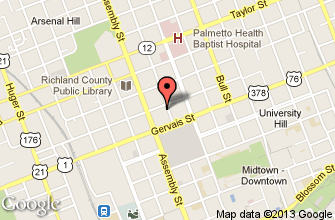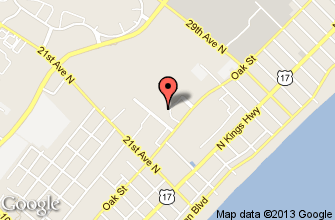News Room
PrintMachinists Gain Foothold at BoeingAuthored by: Richard J. Morgan
June
1, 2018
In a much watched union election at Boeing’s North Charleston, South Carolina facility, the International Association of Machinist won a secret ballot election in a “micro unit”. The vote included 169 workers, 104 or 61.5% voting for the union. Read on to understand the backdrop to this story.
Background
Last year, the International Association of Machinists (“IAM”) lost an election at Boeing’s North Charleston facility when 74% of the voting employees (approximately 3,000) rejected the union’s efforts. This loss, however, did not stop the union. The IAM smartly used an Obama Democrat majority National Labor Board (“Board”) decision, Specialty Healthcare, to carve out a small group of employees into what is referred to as a “micro unit”. In Specialty Healthcare, the Board did away with established precedent by changing the test used in determining whether a petitioned-for unit of employees to vote for union representation was the most appropriate unit within the employer’s workforce. Traditionally, when a union prepares a petition with a proposed unit of employees to vote on whether they will be represented by the union, the Board would make the determination of whether the employees listed on the petition (the “petitioned-for unit”) is appropriate, or whether the proposed unit should be expanded to allow other similarly situated employees the opportunity to vote on union representation as well. Employers typically desire that the unit of voting employees be inclusive of all of those with similar interests to get a more accurate representation of what all employees in the workplace want in terms of union representation.
Under Specialty Healthcare, the Board moved from the traditional community of interest test and expanded the test to a multi-step analysis. First, the Board would determine whether the petitioned-for employees were readily identifiable as a group and shared a sufficient community of interest with the other petitioned-for employees. If the Board found the petitioned-for unit was appropriate under the first prong, the burden shifted to the employer to prove under the second prong that an “overwhelming community of interest” existed between the petitioned-for employees and other employees, so that there was no legitimate basis upon which to exclude certain employees from the proposed unit because the traditional community of interest facts overlap almost completely. This “overwhelming community of interest” standard was nearly impossible for employers to meet, resulting in several fractured units or different unions representing employees throughout a single workplace.
Specialty Healthcare’s “overwhelming community of interest” test essentially allowed unions to define a bargaining unit based on the extent of the union’s organizing. The union could simply name a unit of employees as small as possible with complete disregard of other employees’ rights to vote for or against union organization. The IAM used this strategy at the North Charleston Boeing facility and now has its foot in the door to later disseminate large-scale organization.
It is important to note that in late 2017, the Trump Republican controlled Board, in PCC Structurals, Inc., reinstated the traditional community of interest analysis to determine whether employees in the petitioned-for unit share a community of interest with excluded employees. The employer in PCC Structurals is an Oregon-based manufacturing facility, in which IAM sought to unionize a micro-unit of approximately 100 welding employees, despite belonging to a larger group of over 2,000 production workers. The welding employees worked closely with other production workers, and shared several terms and conditions of employment, such as similar schedules, shared supervisors, constant contact, receiving the same benefits, receiving the same training, and wearing the same protective equipment while working throughout the manufacturing process.
The Boeing election was allowed to go forward based on the Board’s Regional Director determination, giving note to PCC Structurals that those in the micro unit – flight technicians and technician inspectors – had skills, training, and supervision different than other employees. Boeing asked for a stay and has appealed the Regional Director’s decision to the Board. In its appeal, Boeing argued that the Regional Director’s decision would “accommodate nearly any micro unit in an integrated manufacturing system, essentially spelling the death knell for manufacturing facilities like Boeing South Carolina.”
What this means for Employers
The Board will have to decide whether the Regional Director was correct in allowing the election to move forward. Employers should expect this to play out over time. It is too early to predict the outcome, but if the Board applies the PCC Structural analysis it adopted in late 2017 and examines the following factors:
- whether the excluded employees and petitioned-for unit of employees are organized into a separate department;
- have distinct skills and training;
- have distinct job functions and perform distinct work, including inquiry into the amount and type of job overlap between job classifications;
- are functionally integrated with the Employer’s other employees;
- have frequent contact and interchange with other employees;
- have distinct terms and conditions of employment;
- and are separately supervised.
Boeing may yet prevail in this case. For now, the union gets a win at Boeing. However, with PCC Structurals the law that is to be used going forward employers will no longer have the impossible burden of attempting to show that excluded employees must share an “overwhelming community of interest” with petitioned-for employees.




















